The world is changing everyday! Don’t miss the latest trends in Creativity, Marketing and Business! We will bring the whole world to you.


By Christopher Lara
Source: theedigital.com
Staying current on the top web design trends and standards is crucial to the success of your website. Here are the latest web design trends and standards for 2021.
Technology changes fast, and website design trends are no different. Design elements and website features that were once modern and innovative may have become tired, overdone, and cliched in recent years. The last thing you want as people arrive at your site is to lose conversion because your website looks outdated or ignores critical web standards.
Fortunately, our award-winning web design team keeps up with all the latest website design and development trends to create highly functional, easy-to-use websites that perform well and look fantastic. We want to share some of the latest innovations, digital technology trends, standards, and forecasts for 2022.
There will always be aspects of web design that are never going away – user-friendly navigation, data security, and fast load times should just be a given on your website. However, you can keep your site at the forefront of design and search engines by adding some of these innovative website features and elements.
1.Bold Color
Colorful minimalism goes hand-in-hand with one of 2022’s most prominent web design trends: color! Bold, bright, saturated colors help your brand stand out from the soft neutrals that many companies have chosen over the past few years.
bubly, the sparkling water company, is an excellent example of how a site can use bold, saturated color without overwhelming the eye. Their branding is all about colorful cans, and their website is an extension of that:
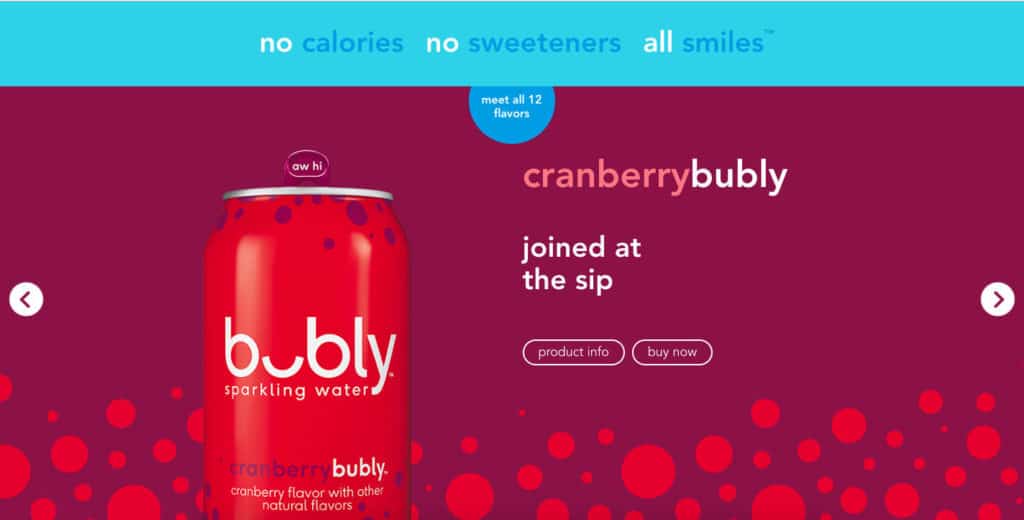 They’re checking off a few 2022 web design trends: organic shapes, minimalism, and bold color!
They’re checking off a few 2022 web design trends: organic shapes, minimalism, and bold color!
2.Smart Content Load for a More Enjoyable User Experience
Many of us might be guilty of having resource-heavy websites with many graphical elements and third-party integrations that can slow our sites down. Fortunately, there are many different ways to develop smart websites that download only the content that you see and need.
Lazy loading and infinite scroll are not brand new technologies. The top social networks have been using this for years, especially when it comes to infinity scroll. The approach is also popular with long (one) page websites.
All websites should consider how implementing one or two technological approaches might help them outrank or outperform there competition. These features can help improve the user experience for all website visitors, which can improve your conversion rate and ranking.
Lazy Load ensures the web browser (like Google Chrome, Safari, and Firefox) will download only the content you see on the screen without wasting valuable server resources and TIME to load offscreen content that might never be seen.
Many website visitors never reach the bottom of a webpage. So why load that content and increase site load times. A better approach is loading the content as they begin scrolling down the page and getting closer to it.
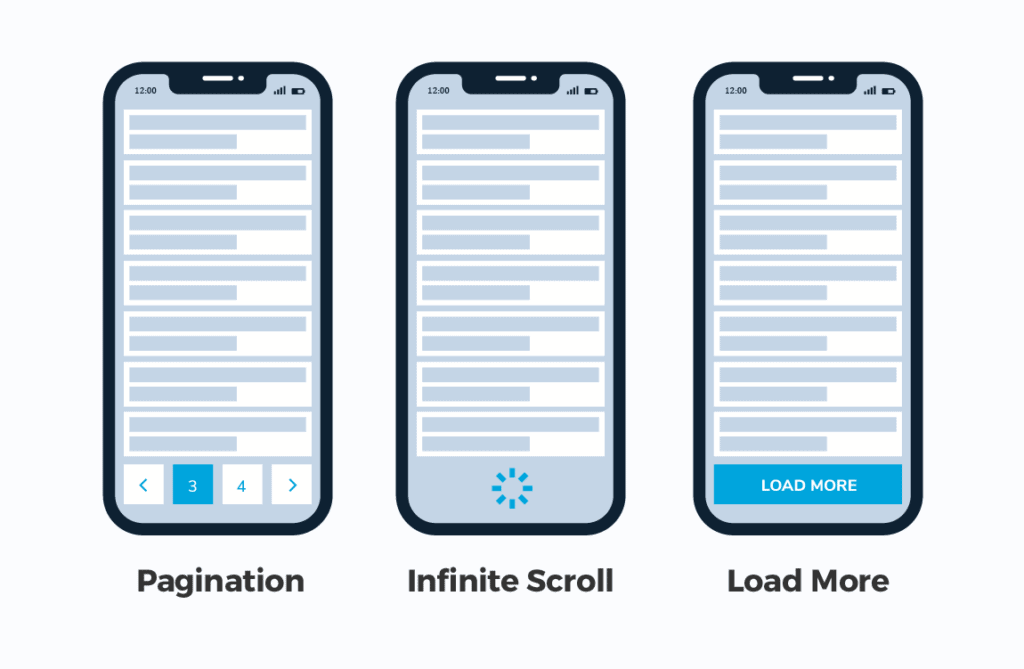
3.Progressive Lead Nurturing Forms Integrated with Your CRM Tool
Online lead generation forms are one of the most important elements of a marketing website. We want to get to know a lot about our website visitors, but we can’t ask too many questions at any particular time. We place progressive/dynamic contact forms on the landing pages and display fields according to the lead’s journey.
Ideally, we don’t want to display too many fields in a form, but we can always adjust the form fields according to the data that we already know about our leads. We might ask the name, company, and email address at the first conversion and then ask the phone number, title, company size, company revenue fields at the next conversion opportunity.
Our CRM, like HubSpot, stores the information of our leads. By integrating it with our website. The CRM can recognize the lead when they come back to our websites and display form fields on the landing pages that we don’t know about the contact.
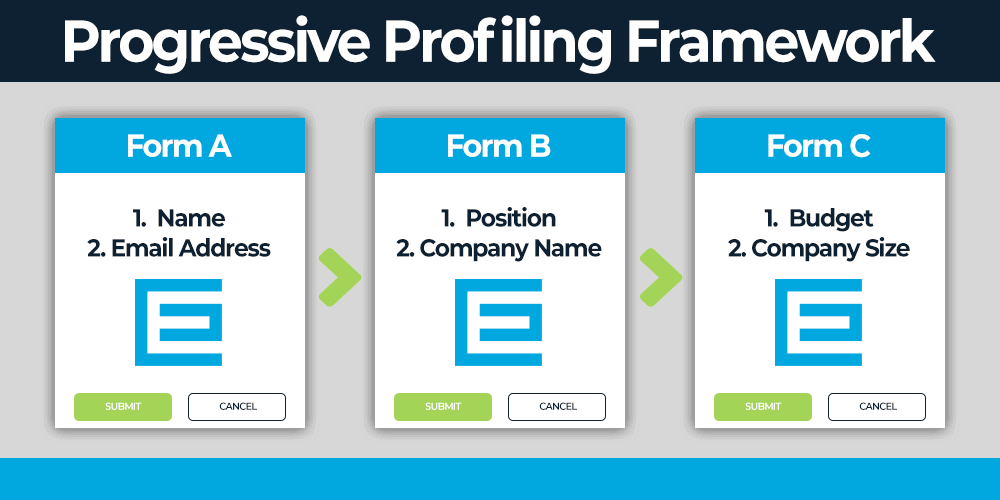
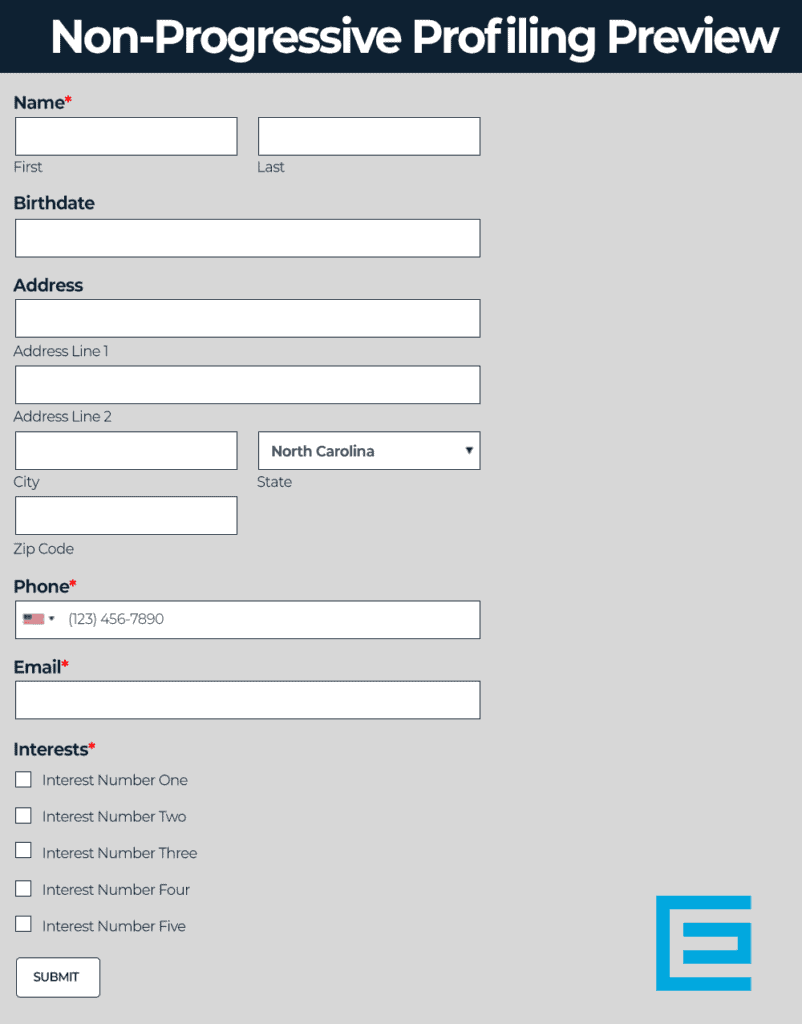 4.Chatbots Become Human-like
4.Chatbots Become Human-like
Chatbots are another feature that has been popular for a few years and will continue to be relevant in 2022. As artificial intelligence and machine learning continue to get more sophisticated, we expect to see chatbots become the norm for simple customer service requests and “personal shopping.”
For example, if a customer visits your website, looking for phone support and the chatbot knows they have an available free phone upgrade. The chatbot can let them know about the upgrade. This can lead to a positive experience for the customer and save the business the customer support cost associated with talking to a live person.
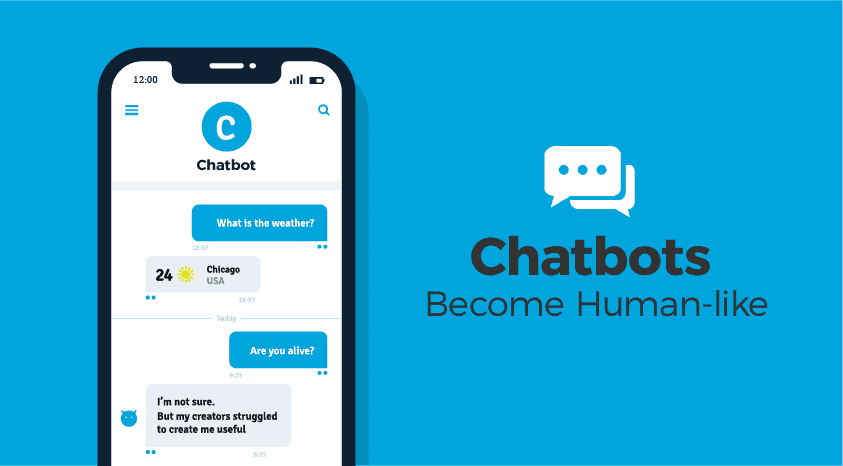 5.Accessibility and Availability
5.Accessibility and Availability
Inclusivity and accessibility are more than a trend, but there is a growing need for web design to factor in the needs of people with disabilities. Having a site that every visitor can navigate and interact with is more than just part of good customer service and providing an excellent experience. It can increase conversion, boost your SEO, and help you reach a bigger audience.
Elements that improve accessibility include:
 6.Interactivity
6.Interactivity
Adding interactive sections to your website is a great way to provide value for visitors, get them to engage with your website, and learn more about them.
Suppose you were a realtor and added a mortgage calculator to your website. You’re offering value to your visitors while also learning more about them based on the data being inputted into your calculator.
Examples of interactive marketing include:
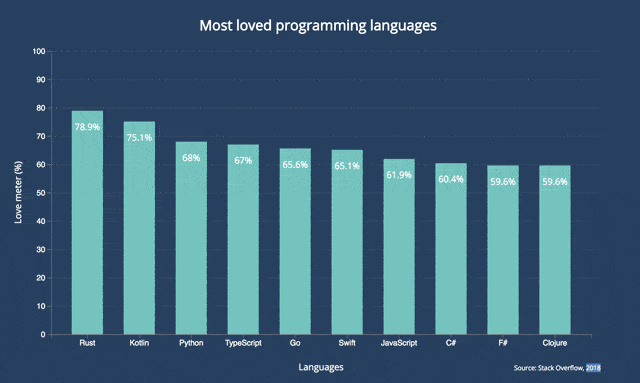
7.Micro Interactions
On a website, micro-interactions are small animations that offer subtle feedback to users. We’re all used to seeing a link change colors when a user mouses over it. With the focus on micro interactions, that same experience might be given more attention to stand out a little bit more. Such as having the mouse course change into a different image depending on the link it is hovering over.

8.Minimalism (Flat Design)
Minimalism, sometimes called “flat design” isn’t a new trend in web design. Still, it has typically been associated with a lot of white space (think Apple.) In 2022, we expect people will be experimenting with colorful minimalism. It doesn’t have to be all white to be minimalist.
A great example of a site that does colorful minimalism well is Shopify. Each page of their website features a bold background color with clean text and minimal design elements to create an attention-grabbing and easy-on-the-eyes page. They’re proof that minimalism doesn’t have to be stark or boring.
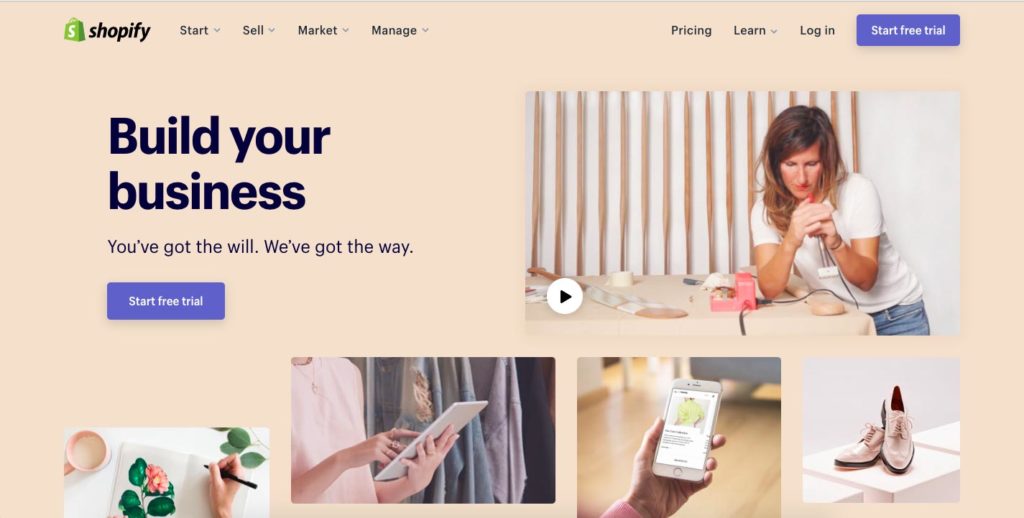 9.Material Design
9.Material Design
Material design is a design language that was introduced by Google back in 2014. Traditional web design looks flat. Material design is about using color and shadows to mimic the physical world and its textures.
Google’s icons for its software suite is an excellent example of material design:
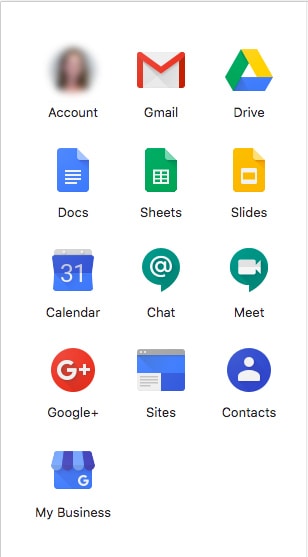
The shadows on the Gmail envelope and the calendar are especially good examples of material design. It’s very subtle but goes a long way in making the icons look three-dimensional. We expect to see a lot more material design in 2022!
10.Bold Fonts
Visiting a lot of websites for leading corporations will show you that bold typography is on-trend. With heavy, bold fonts, the reader is instantly aware of the message, not necessarily the imagery. Combining these large fonts with neutral colors further emphasizes the headlines, quickly becoming an “image” of their own.
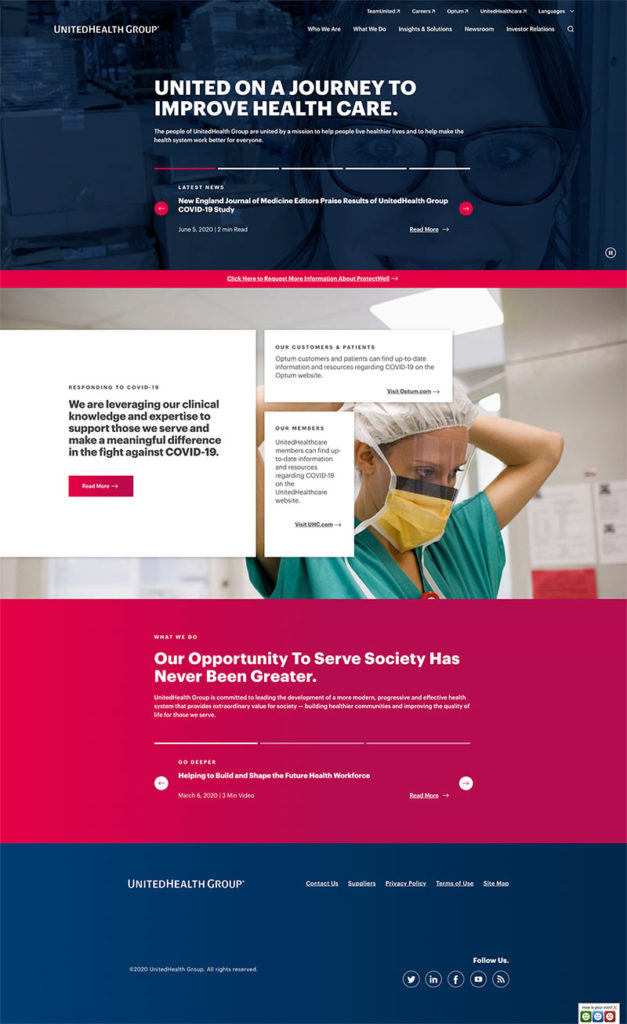
11.Data Visualization
Communicating data in an engaging way is a struggle. But the struggle is worth it, because using data visualization takes advantage of the fact that humans are visual creatures, and still conveys the message you need to get across. Data visualization creates images out of your data that engage your reader and makes them want to learn more about your brand. Infographics and graphs are some of the most popular ways to bring data to life.
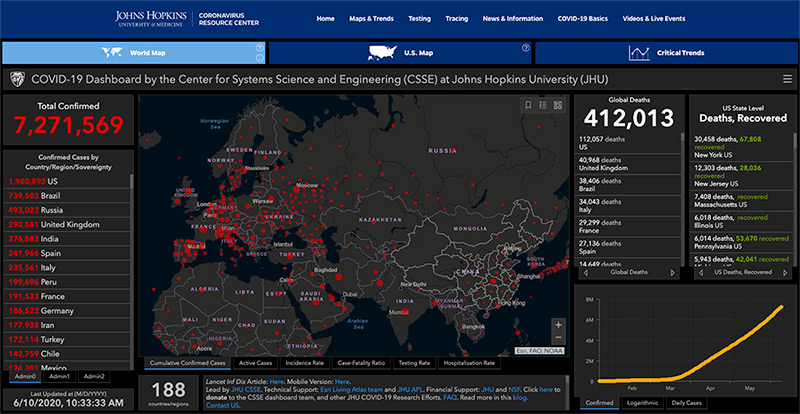
12.Blending Photos with Graphical Elements
You might have noticed overlapping graphics on images in your social media feed. This mixing technique brings a level of creativity and fun to a typical image.
The trend is also catching on with websites. Mixing photography with graphics can reinforce your company branding and keep website visitors engaged with your content.
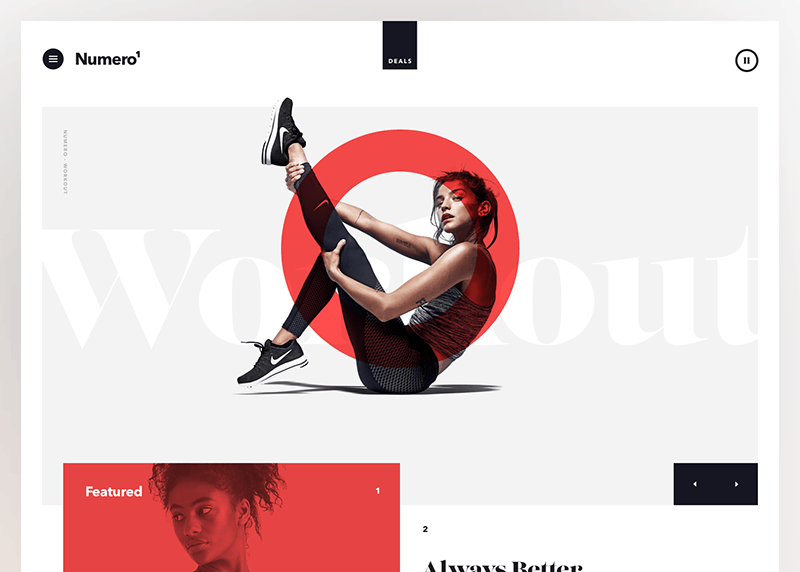
13.Gradients
Gradients are a long time trend that has evolved from subtle color overlays to eye-catching backgrounds.
Gradients can be used to add depth, serve as a striking background, or subtly to add texture to an illustration. We increasingly see it used in bigger and bolder typography.
This trend has staying power. We’re excited to see the continual evolution of its use on websites.
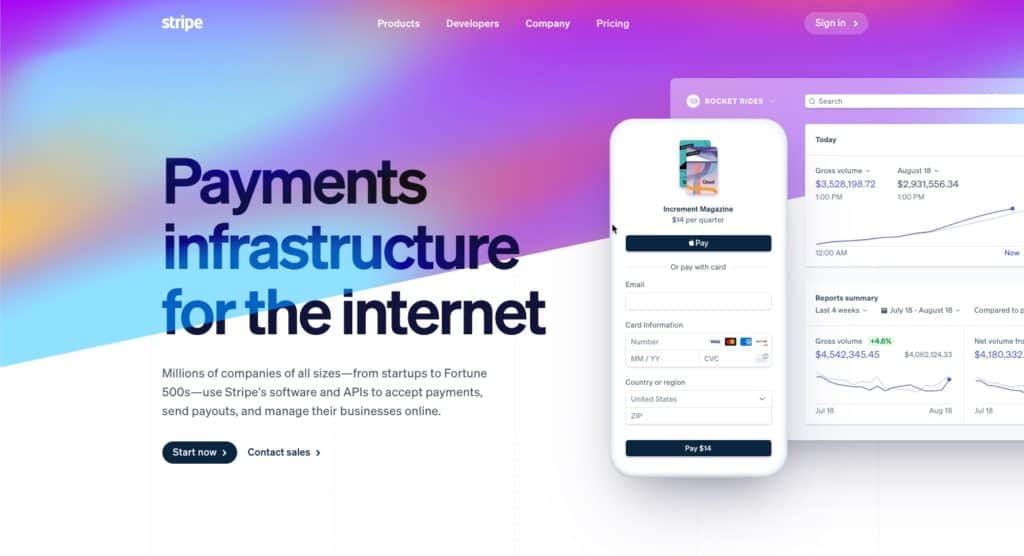 14.Interactive and Static 3D Content
14.Interactive and Static 3D Content
Thanks to maturing web technology and web designers wanting to stand out from the average webpage, 3D elements that users can interact with have been increasingly used.
The results can be breathtaking – like the use of interactive 3D content on the Campo Alle Comete website.
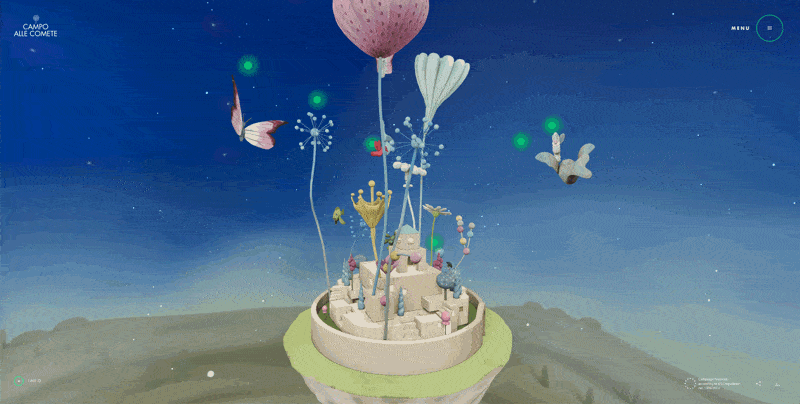
15.Frosted Glass Effects
Recent advances in web technology have allowed the easy implementation of the frosted glass effect on websites. The blurry appearance of elements behind the frosted glass overlay helps add color to an area while also allowing text or objects to appear over the image and remain readable.
The effect has become a popular option in a designer’s tool belt and increasingly been used as a background in place of gradients.
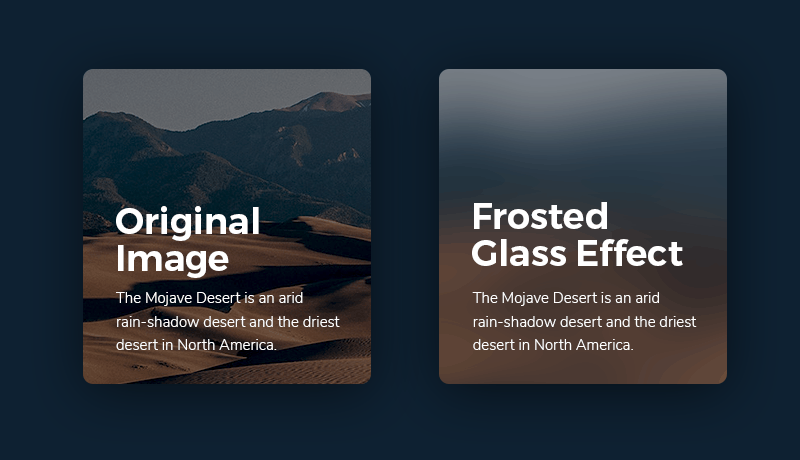
There are a few popular trends from the past few years that will continue to be significant in the upcoming years.
We mentioned that responsive/mobile-friendly web design isn’t optional anymore. Your site should be designed with mobile in mind first. Mobile searches overtook desktop searches way back in 2015. Since the beginning of 2017, mobile traffic has accounted for nearly half of all web traffic worldwide. More than good UX, Google has ranked mobile-friendly sites more favorably since 2018. Yep, mobile-first design is another drop in your SEO bucket.
SSL certificates are less a trend and more of a standard security measure for websites. SSL stands for Secure Sockets Layer, and the certificate is installed on your web server. It serves two purposes: it authenticates the website’s identity, which guarantees visitors that they’re not on a bogus site, and it encrypts the data being transmitted.
This ensures a private “conversation” between your website and your visitors. If your site doesn’t have an SSL certificate, getting one should be a priority in 2022, especially if you own an e-commerce site!
The world is changing everyday! Don’t miss the latest trends in Creativity, Marketing and Business! We will bring the whole world to you.